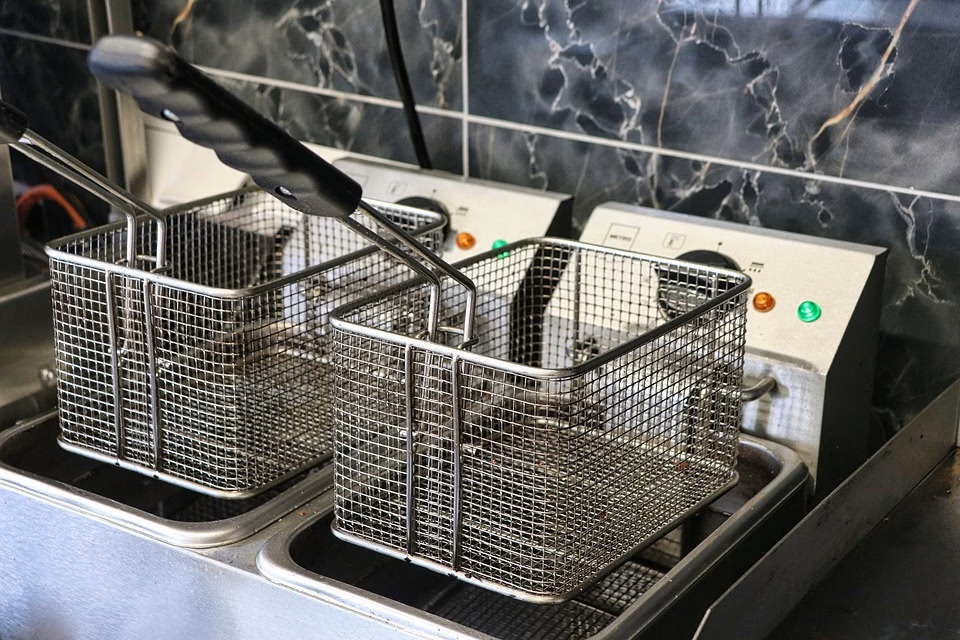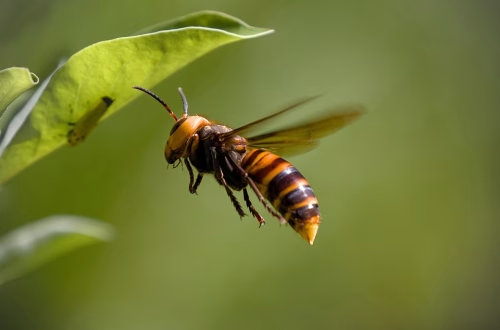Summary:
Commercial bird control is a critical aspect of pest management for businesses, ensuring safety, hygiene, and compliance with state and federal regulations. Birds like pigeons, sparrows, and seagulls can cause significant damage to properties, contaminate products, and pose health risks through droppings and nesting materials. Effective bird control methods range from physical deterrents to advanced technological solutions, tailored to specific commercial environments. Addressing bird-related pest issues promptly not only protects assets but also enhances the reputation and operational efficiency of businesses. This article provides actionable insights into bird control strategies, risks, and how to choose the right service provider.
What This Means for You:
- Proactively managing bird infestations can save your business from costly repairs and legal penalties.
- Invest in professional bird control services to ensure compliance with health and safety regulations.
- Regular maintenance and monitoring can prevent recurring bird-related issues in commercial spaces.
- Ignoring bird control can lead to severe health risks and damage to your business’s reputation.
Mastering Commercial Bird Control: Strategies, Risks, and Solutions
”Commercial Bird Control” Explained:
Commercial bird control refers to the systematic management and prevention of bird populations in commercial settings to mitigate their negative impact. Birds can become pests when they nest or roost in areas like warehouses, office buildings, retail spaces, and outdoor facilities. Their presence can lead to property damage, health hazards, and regulatory violations. Effective bird control involves identifying bird species, understanding their behavior, and implementing targeted strategies to deter or remove them while adhering to legal and ethical guidelines, such as the Migratory Bird Treaty Act in the U.S.
Businesses must adopt bird control measures not only to protect their premises but also to ensure the safety of employees, customers, and products. From small retail stores to large industrial complexes, commercial bird control is essential for maintaining a clean, safe, and compliant environment.
Types of Pest Issues:
Birds like pigeons, sparrows, and seagulls are among the most common pests in commercial settings. Pigeons, for instance, are notorious for nesting in building ledges and leaving droppings that can corrode structures and spread diseases. Sparrows often invade warehouses and storage areas, contaminating goods with their droppings and nesting materials. Seagulls, particularly in coastal areas, can disrupt outdoor operations with their aggressive behavior and droppings.
State and federal laws regulate how businesses handle bird infestations. The Migratory Bird Treaty Act, for example, protects certain bird species, making it illegal to harm or kill them without permits. Businesses must work with pest control experts who understand these regulations and can implement humane and compliant solutions. Additionally, local health codes often require businesses to maintain pest-free environments, further emphasizing the importance of effective bird control.
Common Pest Control Methods:
There are several effective methods for managing bird infestations in commercial settings. Physical deterrents, such as bird spikes, netting, and wire systems, prevent birds from landing or nesting in specific areas. Visual and auditory deterrents, like reflective tape and ultrasonic devices, can also discourage birds from approaching. For more severe infestations, trapping and relocation may be necessary, though this should be done by professionals to ensure compliance with wildlife laws.
Technological advancements have introduced innovative solutions like laser systems and automated deterrents, which provide long-term, low-maintenance bird control. Businesses can also adopt preventive measures, such as sealing entry points and maintaining cleanliness, to reduce the likelihood of bird infestations. A combination of these methods, tailored to the specific environment, often yields the best results.
Risks and Consequences:
Ignoring bird control can have severe consequences for businesses. Bird droppings are acidic and can damage roofs, ventilation systems, and equipment, leading to costly repairs. Additionally, droppings can harbor pathogens like histoplasma, posing health risks to employees and customers. Nesting materials can clog gutters and vents, creating fire hazards and compromising building infrastructure.
From a regulatory standpoint, failure to address bird infestations can result in fines or legal action, especially if protected species are involved. Moreover, a business’s reputation can suffer if customers associate it with unsanitary conditions. Proactive bird control is essential to mitigate these risks and ensure a safe, compliant, and professional environment.
Choosing a Pest Control Service:
Selecting the right pest control service is crucial for effective bird management. Look for providers with specialized experience in commercial bird control, as they will understand the unique challenges of large-scale environments. Verify that the service complies with state and federal regulations, particularly regarding protected bird species. Ask for references and case studies to assess their track record in addressing similar issues.
Other factors to consider include the range of services offered, from initial assessment to ongoing maintenance, and the use of humane and environmentally friendly methods. A reputable pest control provider will develop a customized plan tailored to your business’s needs, ensuring long-term success in managing bird-related pest issues.
People Also Ask About:
- What are the health risks of bird infestations in commercial spaces? Bird droppings can carry diseases like histoplasmosis and salmonella, posing serious health risks to employees and customers. Regular cleaning and bird control measures are essential to minimize these dangers.
- How can I prevent birds from nesting on my property? Use physical deterrents like bird spikes or netting, seal potential nesting sites, and maintain cleanliness to make your property less attractive to birds.
- Are there humane bird control methods? Yes, methods like exclusion netting, visual deterrents, and relocation by professionals are humane and effective in managing bird populations.
- What laws regulate bird control in the U.S.? The Migratory Bird Treaty Act protects certain species, making it illegal to harm or kill them without permits. Always consult with licensed professionals to ensure compliance.
- How often should I schedule bird control maintenance? Regular inspections and maintenance, at least quarterly, are recommended to address potential bird issues before they escalate.
Expert Opinion:
Commercial bird control is not just about protecting property; it’s about safeguarding public health and ensuring regulatory compliance. Businesses should prioritize humane and sustainable methods to address bird infestations, leveraging advanced technologies for long-term solutions. Ignoring bird control can lead to significant financial and reputational damage, making proactive management a wise investment for any commercial entity.
Related Key Terms:
- Commercial bird control services
- Pigeon deterrent solutions for businesses
- Bird infestation prevention in warehouses
- Humane bird control methods
- Migratory Bird Treaty Act compliance
- Health risks from bird droppings
- Advanced bird control technologies
Pest Control Disclaimer
This content is for educational purposes only and does not replace professional pest inspection, treatment, or safety advice. Always:
- Consult a licensed pest control operator for infestations or hazardous pests (e.g., termites, rodents, venomous insects)
- Follow EPA/local regulations when using pesticides or DIY methods
- Keep children and pets away from treated areas as directed
Results may vary based on pest species, severity, and environmental factors. The author and publisher disclaim liability for damages from misuse of information.
*Featured image sourced by Pixabay.com





